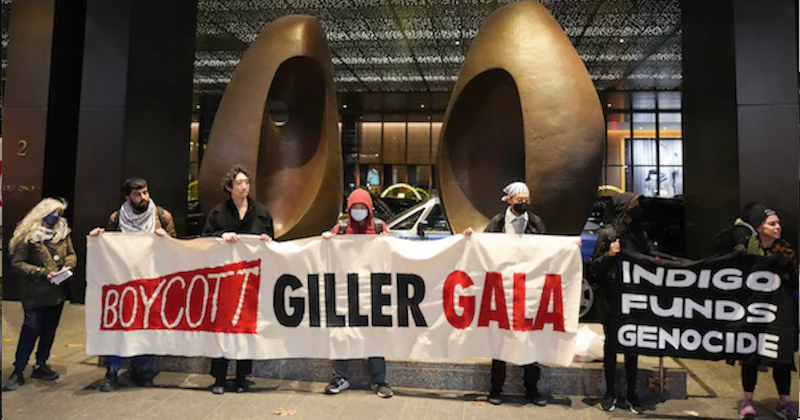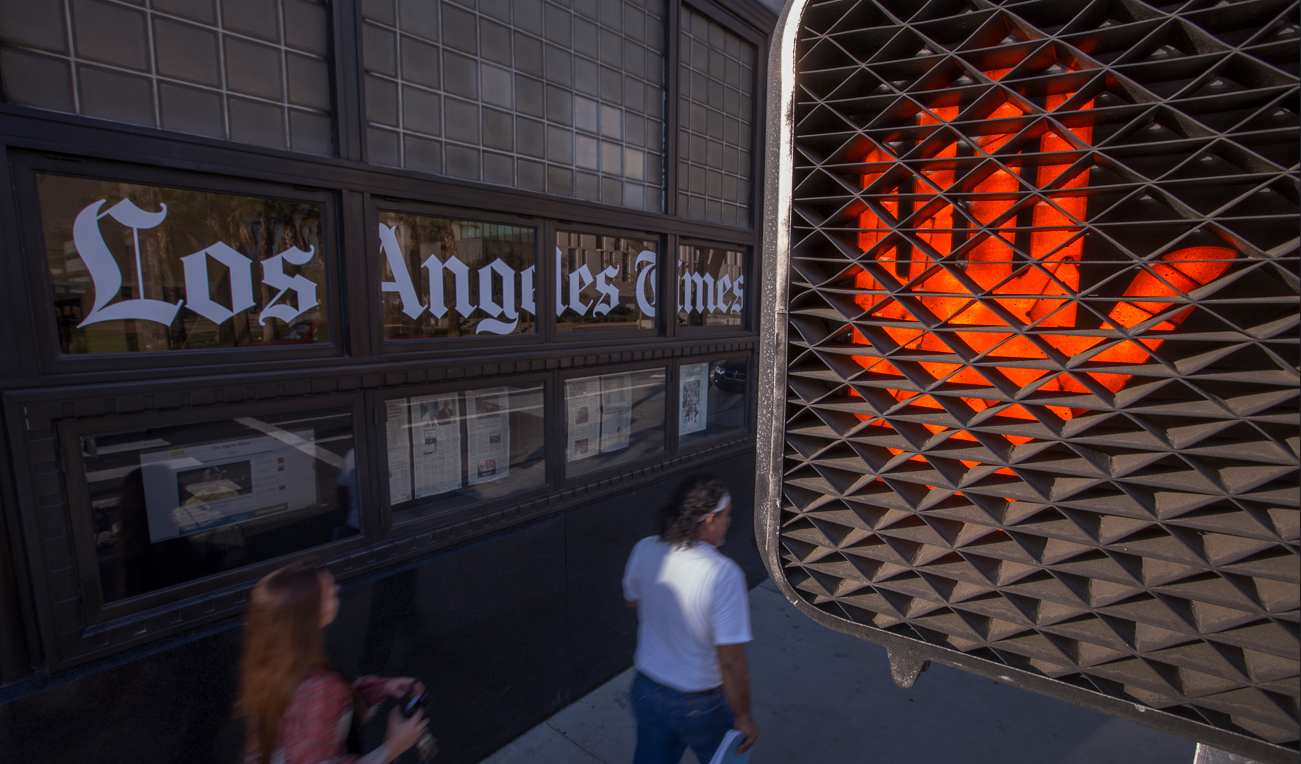Summary: Johns Hopkins researchers have identified a previously unknown form of lymph node-like structures within liver tumors that could predict cancer treatment success. The study reveals that patients with more of these structures, especially after immunotherapy, show better outcomes and lower cancer recurrence rates, potentially revolutionizing liver cancer treatment approaches.
Journal: Nature Immunology, October 25, 2023
Reading time: 5 minutes
A groundbreaking discovery at the Johns Hopkins Kimmel Cancer Center has revealed how specialized immune structures within liver tumors might hold the key to more effective cancer treatments. The research, published in Nature Immunology, provides crucial insights into mysterious formations called tertiary lymphoid structures that appear in some cancer patients after immunotherapy treatment.
Understanding the New Discovery
These structures, which act like miniature lymph nodes within tumors, organize immune cells in a highly specific way. They contain infection-fighting B cells in their center, surrounded by tumor-killing T cells on the outside.
“We identified the life cycle of tertiary lymphoid structures in patients with liver cancer, and the takeaway is that these structures may be very important in the generation of anti-tumor immunity and may increase the likelihood of curing the cancer,” says Mark Yarchoan, M.D., an associate professor of oncology at the Johns Hopkins Kimmel Cancer Center.
A New Stage in Cancer Defense
The research team’s most significant finding came when examining sites where tumors had been eliminated.
“In tumors where immunotherapy had the greatest effect, we found another form of tertiary lymphoid structure that has not been seen before. In this form, there was dispersion of B cells and apparent retention of so-called T cell zones, where T cells are primed to identify antigens,” says Daniel Shu, M.D., the study’s lead author.
The presence of these structures, particularly when located in the center of tumors rather than around the edges, correlates strongly with better patient outcomes. Tumors containing more of these structures showed greater shrinkage and were less likely to return after surgical removal.
Implications for Treatment
The discovery emerged from the team’s investigation into why only some patients respond well to immunotherapy before surgery for hepatocellular carcinoma.
“One of the things that struck us when we looked at these tumors was that patients who were responding to immunotherapy had tertiary lymphoid structures,” Yarchoan notes.
Looking ahead, researchers plan to explore whether they can trigger the formation of these beneficial structures in patients who don’t naturally develop them after immunotherapy. The findings may extend beyond liver cancer, as this new form of tertiary lymphoid structure has been observed in other types of tumors that respond to immunotherapy.
Quiz
- Where are these newly discovered immune structures most effective when located in tumors?
- What two types of immune cells are organized within these structures?
- What is the primary goal of the researchers’ next step?
Answers:
- In the center rather than around the edges
- B cells and T cells
- To determine if they can induce the formation of tertiary lymphoid structures in patients who don’t develop them naturally
Glossary of Terms
- Tertiary Lymphoid Structures: Organized collections of immune cells that form within tumors
- Immunotherapy: Treatment that reactivates the body’s natural anti-cancer immunity
- Hepatocellular Carcinoma: A type of liver cancer
- B Cells: Immune cells that fight infection
- T Cells: Immune cells that can kill tumor cells
Enjoy this story? Get our newsletter! https://scienceblog.substack.com/

























































